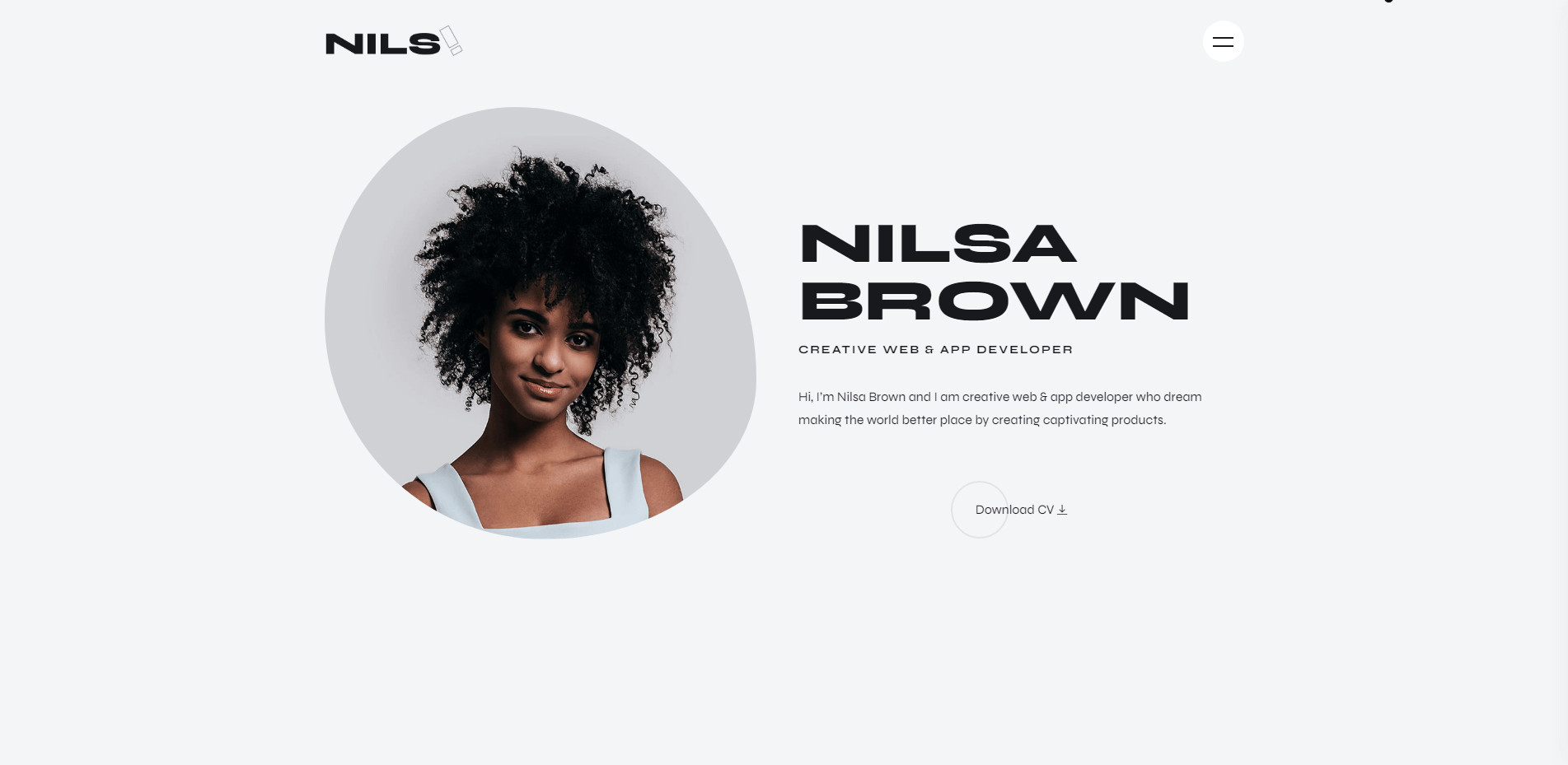Shop At Haya: Your Ultimate Shopping Guide
Discover the best shopping tips, trends, and deals for a smarter buying experience.
Portfolio Websites That Speak Louder Than Words
Discover stunning portfolio websites that showcase talent and creativity, proving that visuals speak louder than words. Explore now!
Top 10 Must-Have Elements for an Impactful Portfolio Website
Creating an impactful portfolio website is essential for showcasing your work and making a lasting impression on potential clients or employers. Here are the Top 10 Must-Have Elements to include:
- Stunning Visuals: Use high-quality images and videos to represent your work effectively.
- Clear Navigation: Ensure that your website is easy to navigate, allowing visitors to find what they need quickly.
- About Me Section: Introduce yourself and convey your personality, skills, and passion.
- Contact Information: Make it easy for visitors to get in touch by including clear contact details.
- Case Studies: Showcase specific projects in detail to highlight your process and results.
Continuing with our list, here are the remaining must-have elements for your portfolio:
- Testimonials: Feature quotes from satisfied clients or colleagues to build trust.
- Blog Section: Share your industry thoughts and updates, enhancing your visibility and establishing authority.
- Responsive Design: Ensure your website looks great on all devices, from desktops to smartphones.
- Portfolio Showcase: Curate your best work in an easily accessible gallery.
- Social Proof: Integrating links to your social media can help showcase engagement and connect with your audience.

How to Choose the Right Design Style for Your Portfolio Site
Choosing the right design style for your portfolio site is crucial for making a lasting impression on potential clients and employers. To start, consider your personal brand and the type of work you do. For instance, if you are a photographer, a minimalist style may allow your images to take center stage, while a bold and colorful design could suit a graphic designer better. You can begin by making a list of design styles that resonate with you, such as modern, vintage, or artistic, and explore examples of each to find inspiration.
Next, evaluate the functionality of your portfolio site in relation to the design style you choose. For instance, if you opt for a complex design, ensure that it supports easy navigation and effectively showcases your work. Consider using an organized layout that highlights your best projects and includes important details like project descriptions and your role. Ultimately, your portfolio should not only reflect your personal aesthetics but also enhance the user experience, making it easy for visitors to engage with your content.
What Makes a Portfolio Website Stand Out in a Crowded Market?
In today's digital landscape, having a portfolio website is essential for anyone looking to showcase their work and attract potential clients. However, with countless portfolios vying for attention, it's crucial to identify what makes a portfolio website truly stand out. First and foremost, a clean and intuitive user interface enhances the user experience, ensuring that visitors can easily navigate through your work. This involves using clear navigation menus, consistent layouts, and high-quality images that highlight your projects. Additionally, incorporating interactive elements, such as animated transitions or hover effects, can captivate users and keep them engaged longer.
Another vital aspect of a standout portfolio website is the effective use of storytelling. Rather than merely listing your projects, consider integrating personal narratives that resonate with your audience. This could include case studies detailing your creative process, the challenges faced, and how you overcame them. Engaging content not only showcases your expertise but also connects with visitors on a personal level, making your portfolio more memorable. Lastly, don't underestimate the power of SEO practices; optimizing your site for search engines ensures that your exceptional work reaches the right audience, allowing you to stand out in a crowded market.